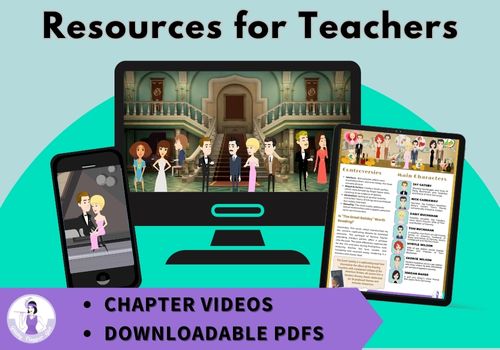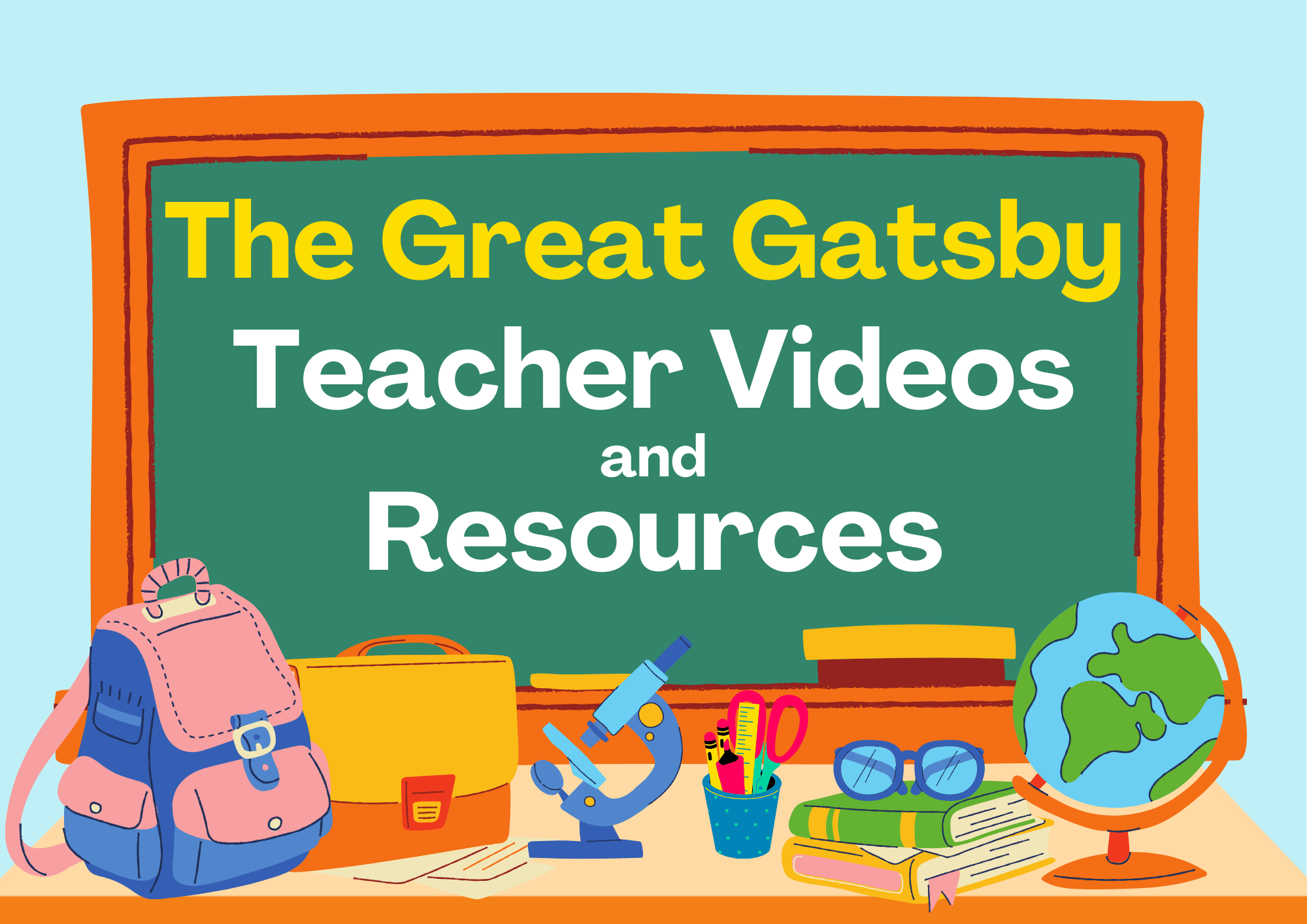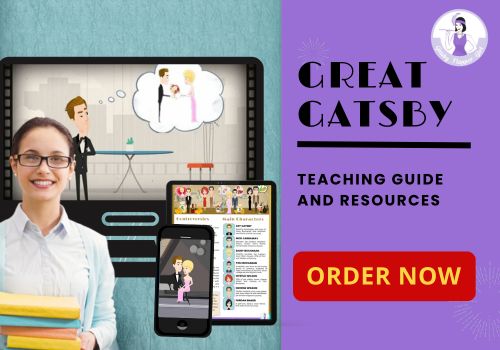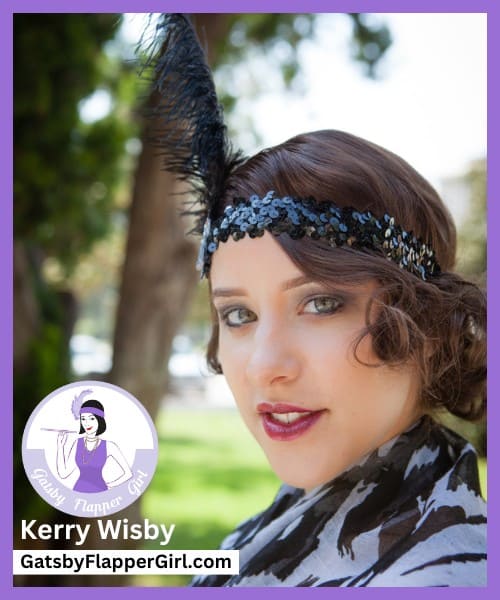Like many people, chances are that you have lots of memories of certain teachers from your high school days.
Some teachers were boring, others were just OK, but I bet the teachers that stand out in your memory are those who made teaching fun and exciting.
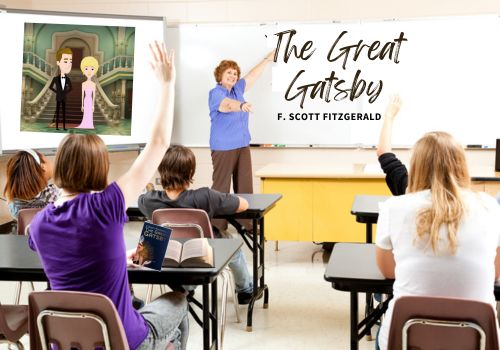
I remember my 10th grade history teacher who also doubled as the football coach. He could easily be distracted and even forget about tests if you could get him to talk about football. My cooking teacher was the most boring teacher ever, and my math teacher was so aggressive that she scared me to death!
It was my creative writing teacher who will forever stick in my mind. She’s the one who convinced me to become a teacher myself because I wanted to be like her.
If you are reading this article, I’m assuming that you too want to be the teacher who inspires your students, not just someone collecting a paycheck.
Whether you have chosen The Great Gatsby or it is assigned reading by the school board, chances are that you can already imagine the eye-rolling from your students.
Hey, at least it’s not Shakespeare or Chaucer, right?
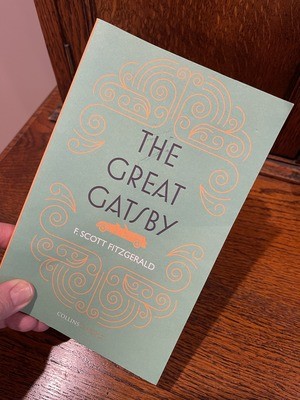
I clearly remember looking at the book when my high school teacher passed it out and thinking, “What is a Gatsby and what makes it great?” I’m sure I rolled my eyes, but once I started reading, I was hooked.
It would be unreasonable to expect all your students to be bookworms like I was in school. This generation grew up on television and YouTube, but that doesn’t mean all hope is lost.
I believe that together we can ignite a passion in students to find something meaningful, and perhaps even entertaining, in classic novels that will expand their minds.
Meaningful & Fun Activities for Teaching The Great Gatsby – Building a Love of Books
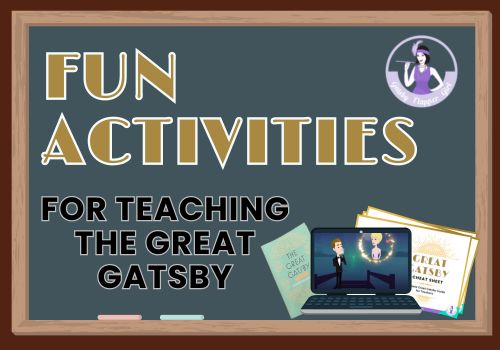
Teaching F. Scott Fitzgerald’s iconic novel The Great Gatsby can be an engaging and enriching experience for both educators and students, and it takes just a bit of effort.
To make the learning process more meaningful and enjoyable, consider incorporating a variety of creative activities.
Drawing and Poster-making
I used to have my students pick a character (you can make a list of characters with a brief description) and then create posters that not only describe the character but also include good traits and bad traits.
Posters can be very basic at first (a drawing or photo of Daisy, for example, her name, and the name of her husband). Students add to the poster with every chapter. It’s fine to have duplicates if you have a large class.
My students had fun drawing and adding stickers, googly eyes, and other fun items.
Gatsby-themed Parties
Delve into the roaring twenties by hosting a Gatsby-themed party in your classroom, where students can dress up in the fashion of the era and partake in discussions about the book’s themes while sipping non-alcoholic “prohibition” cocktails.
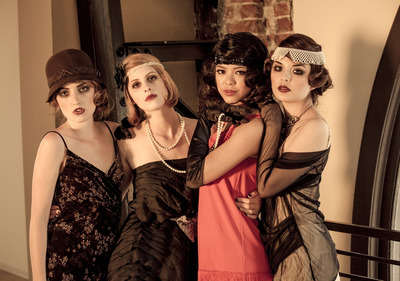
I had one student who wanted to be a dancer, and he actually taught the other students how to Charleston. I was surprised at how much fun they had doing what was, at first, scoffed at as “an old school dance.”
Hunting for Examples of Modern-day Gatsby
Another fun and educational activity is to organize a modern-day Gatsby scavenger hunt, sending students on a quest to find elements of excess and conspicuous consumption in their own lives or communities.
Of course, you want students to be safe, so it might be a good idea to have them pair up. Photos or written descriptions are good, but if they want to do a show and tell, that also works.
Analyzing modern popular culture references to The Great Gatsby in music, film, and advertising can also help students connect the novel’s timeless themes to contemporary society.
Interpretation of Symbols through Visual Arts
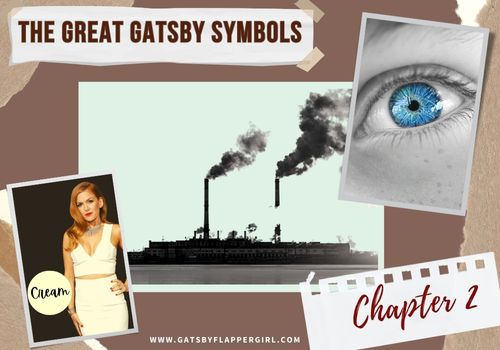
Encourage students to explore the symbolisms that Fitzgerald uses through visual arts. They can create their own interpretations of key symbols, such as the green light or the Valley of Ashes.
In doing so, you’ll not only impart the profound themes of the novel but also foster a lasting appreciation for literature in your students’ hearts.
Watching the Film Adaptations
I tried adding the film to my classes and had some really good success with it. My students loved Baz Luhrmann’s version.

You might find that they will watch the film at home and then try to cheat their way and pretend they read the book. So I usually only showed part of the film in class and then asked students to compare it to the novel, which helped to eliminate the non-readers.
They were exposed quickly when you asked them what the difference was in the first chapter and the first part of the movie (where the doctor asks Nick to write about his problems).
I’m sure you’ve found that students would rather watch a movie than read the book, and this made for a nice compromise.
Bringing novels to life by engaging students, not just reading and writing book reports, is one of the best ways I know of to get your students to literally fall in love with reading.
Several of my students wanted to know what other “cool” books Fitzgerald wrote after we finished The Great Gatsby! Imagine that!
I know lesson plans and activities such as those above take time, but you can cut down on your workload with my teaching resources.
Pre Reading Activities for The Great Gatsby
Pre-reading activities and subjects can help high school students build context, engage their curiosity, and prepare them for a deeper understanding of Scott Fitzgerald’s classic novel. Here are some ideas:
1. The Roaring Twenties
Begin by introducing the historical and social context of the 1920s, including World War I, the economic boom, prohibition, flapper culture, and the Jazz Age. Discuss how these factors influenced the novel’s setting and themes. It’s difficult for students to imagine life without alcohol and how fashions changed dramatically over the years. Giving them some context will help them understand the novel better.
2. F. Scott Fitzgerald’s Life
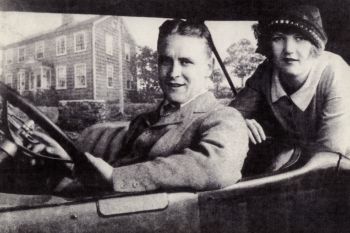
Explore the life of the author, F. Scott Fitzgerald, and how his experiences and relationships may have influenced the creation of the novel. Discuss his own struggles with wealth and fame.
3. The American Dream
Engage students in a discussion about the concept of the American Dream. What does it mean to them, and how has it evolved over time?
Explain how The American Dream has evolved over the years and talk about whether it was ever a reality or literally just a dream.
4. Character Analysis
Introduce the main characters of the novel, such as Jay Gatsby, Daisy Buchanan, Tom Buchanan, and Nick Carraway.

Have students make predictions about these characters’ personalities and motivations based on initial descriptions.
As I mentioned above, have students choose a character for a poster or have groups make posters for the major characters. These posters can be added to right up until the end of the novel.
5. Symbolism
Discuss the idea of symbolism and its role in literature.
Introduce some of the key symbols in the novel, such as the green light, the Valley of Ashes, and the eyes of Doctor T.J. Eckleburg.
6. Literary Techniques
Explore literary techniques used in the novel, such as first-person narration, flashbacks, and unreliable narration.
Discuss how these techniques can affect the reader’s understanding of the story.
7. The Jazz Age and Music
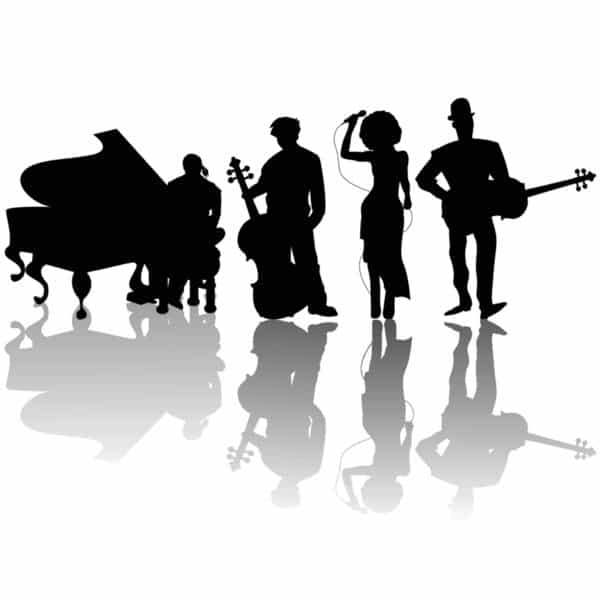
Listen to music from the Jazz Age. Discuss its cultural significance, and analyze how it’s reflected in the book.
Consider having students create playlists that capture the spirit of the era.
8. Art and Culture
Explore the art, fashion, and cultural trends of the 1920s, which are alluded to in the novel.
Get them interested in fashion icons like Coco Chanel and movie artists like Clara Bow. Investigate the works of artists like Georgia O’Keeffe and the impact of movements like Art Deco.
9. Movie Adaptations
Watch and compare different film adaptations of The Great Gatsby. Discuss how filmmakers interpret the story and characters in Scott Fitzgerald’s novel.

10. Group Discussions
Divide students into small groups to discuss their initial impressions, questions, and expectations for the novel. Encourage them to share their ideas and insights.
These pre-reading activities can help students develop a solid foundation and a sense of anticipation for their exploration of The Great Gatsby.
They will be better equipped to appreciate the novel’s themes, characters, and symbolism once they begin reading.
Why Teach The Great Gatsby?
For those teachers (and homeschoolers) who have a choice, you might wonder why you should bother teaching this novel.
Teaching The Great Gatsby is an invaluable endeavor because it immerses students in a timeless tale that transcends its Jazz Age origins to offer profound insights into the human condition.
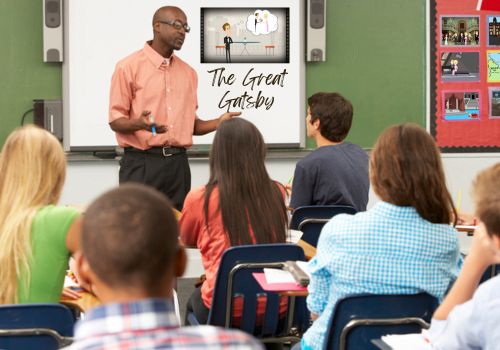
F. Scott Fitzgerald’s magnum opus not only serves as a portal to the Roaring Twenties but also delves into themes that remain profoundly relevant today.
This novel is a literary mirror reflecting issues of wealth, excess, the American Dream, and the pursuit of happiness.
By exploring the complex characters of Jay Gatsby, Daisy Buchanan, and Nick Carraway, students can gain a deeper understanding of human nature, moral ambiguity, and the consequences of unbridled ambition.
Moreover, The Great Gatsby is a literary masterpiece that showcases the power of symbolism, narrative techniques, and social commentary. Teaching it encourages critical thinking, textual analysis, and discussion of societal norms, allowing students to develop a deeper appreciation for the written word.
This novel challenges them to confront the complexities of identity, illusion, and disillusionment, ultimately fostering empathy and a greater awareness of the world around them.
As a teacher, introducing The Great Gatsby to students is an opportunity to inspire a lifelong love of literature, enabling them to explore themes and characters that resonate with their own experiences and the ever-evolving landscape of American society.
This book remains a testament to the enduring power of storytelling and the relevance of the themes it explores, making it an essential addition to any high school curriculum.
The Great Gatsby Chapter 1 Activities

Introducing Chapter 1 of The Great Gatsby offers a rich opportunity to engage high school students in the novel’s setting, characters, and themes. To make this pivotal chapter come alive, consider some of the following activities:
Character Analysis
Start by introducing students to the key characters introduced in Chapter 1, particularly Nick Carraway, Daisy Buchanan, Tom Buchanan, Jordan Baker, Myrtle and George Wilson.
You can include other characters but some have such a small part (like Klipspringer) that they might get lost in the shuffle.
Have them create character profiles, analyzing personalities, backgrounds, and initial impressions. Encourage discussions about how Fitzgerald presents these characters and the significance of Nick as the narrator. I had tremendous success with the poster idea that I spoke of earlier.
Setting and Imagery
Explore the descriptions of East and West Egg. If possible, you might want to have students separate the room into East Egg, West Egg, and New York (maybe even the Valley of Ashes if you have room).

You can decorate or simply place the posters in their appropriate settings. If this isn’t possible, encourage students to visualize these settings and create visual representations or even dioramas.
Discuss the symbolism of these locations and what they represent in the novel.
Creating a Time Capsule
The 1920s were a vibrant era with distinct fashion, music, and cultural elements.
Organize a time capsule activity where students gather objects, music, and images from the 1920s that they believe represent the chapter’s spirit. This can help them connect with the time period.
Character Letters
Have students write letters from the perspective of one of the characters, detailing their thoughts, emotions, and reactions to events in Chapter 1.

This can deepen their understanding of the characters’ motivations and relationships and help students reflect on their own actions and dealings.
Discussion of Wealth and Class
Engage students in a discussion about the themes of wealth and class introduced in this chapter.
Explore how these themes relate to the American Dream and how the characters in the novel are shaped by their social status.
Comparative Analysis
Read an excerpt from another classic novel or short story set in the same time period, such as “The Sun Also Rises” by Hemingway or works by Langston Hughes, to compare and contrast the cultural and societal aspects of the era.
These activities can make Chapter 1 of The Great Gatsby more interactive and engaging and help students immerse themselves in the world of the novel, laying a strong foundation for deeper exploration of the text in the following chapters.
Thanks for Checking Out The Great Gatsby Unit Plan!
In the journey of introducing F. Scott Fitzgerald’s literary masterpiece to students, we’ve explored a myriad of tricks and tips that can transform this classic novel into a captivating and enlightening educational experience.
By weaving together pre-reading activities that provide historical context, character insights, and thematic discussions, you’ll set the stage for a profound exploration of the text.
Engaging in thought-provoking discussions about wealth, the American Dream, and the intricate web of relationships within the story can challenge students to think critically, fostering empathy and a deeper understanding of the human condition.
As you guide your students through the chapters, remember the power of visualization, creative projects, and comparative analyses to breathe life into the text, making the story’s themes and characters all the more relatable.
Encourage your students to immerse themselves in the era, embracing the Jazz Age’s culture, music, and art, and thus, fostering a connection with the world of The Great Gatsby.
To further enrich your teaching experience, be sure to explore my comprehensive teaching resources guide, which offers a wealth of materials, lesson plans, and strategies to make your exploration of this classic novel even more engaging and rewarding.
Your commitment to introducing The Great Gatsby will undoubtedly leave a lasting impact on your students, igniting their passion for literature and encouraging them to view this timeless work through new, insightful lenses.
Have fun and happy teaching!


